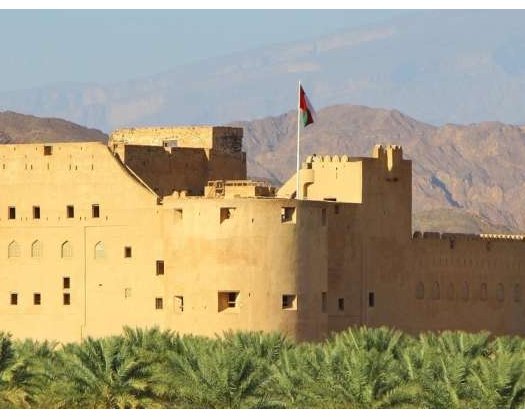Muscat: The Sultanate of Oman, via the Ministry of Heritage and Tourism, has recorded four historical sites in the Arab Register of Architectural and Urban Heritage. These include the Al Hamoudah Mosque in the Wilayat of Jaalan Bani Bu Ali, as well as the historic forts of Sohar and Nizwa and the Al Shawadhna Mosque in the ancient village of Al Aqr in the Wilayat of Nizwa.
The registration occurred while Oman was participating in the 10th meeting of the Observatory of Architectural and Urban Heritage in Arab States, which was attended by several Arab nations and hosted by the Lebanese Republic.
The Observatory of Architectural and Urban Heritage is one of the programs linked with the Arab League Educational, Cultural, and Scientific Organization (ALECSO). It focuses on documenting architectural and urban legacy in Arab countries, encouraging collaboration in preservation and conservation operations, and assisting the transfer of expertise. Furthermore, it seeks to develop shared policies to safeguard this heritage as an important component of Arab cultural identity.
The presence of these four Omani sites demonstrates regional appreciation for the Sultanate of Oman's efforts in heritage preservation and conservation. It also emphasizes the country's ongoing attempts to promote its architectural and historical treasures both regionally and internationally.
The Al Hamoudah Mosque, also known locally as the Domes Mosque, is one of the oldest mosques in the Jaalan Bani Bu Ali Wilayat in the southern A'Sharqiyah Governorate. It is distinguished by its traditional architectural design, which captures the essence of Omani Islamic architecture.
The registration of Sohar and Nizwa Forts represents a substantial addition. Sohar Fort, situated in the North Al Batinah Governorate, is one of Oman's oldest coastal strongholds that has served as an important administrative and political hub throughout various historical eras.
Meanwhile, Nizwa Fort in the A'Dakhiliyah Governorate is a well-known example of Omani defensive architecture. It functioned as a hub for knowledge and government during several historical times and is currently one of the most important cultural and tourist destinations in the Wilayat of Nizwa.
The Al Shawadhna Mosque, located in the historic hamlet of Al Aqr in the Wilayat of Nizwa (A'Dakhiliyah Governorate), is well-known for the beauty of its gypsum mihrab and the complex details of its design, which exemplify traditional Omani religious architecture.
Preserving historical heritage is an important aspect of sustainable development and national identity reinforcement. This unique cultural heritage promotes cultural tourism and reinforces Oman's brand as a location that combines tradition with modernity, so improving its local, regional, and worldwide reputation.








